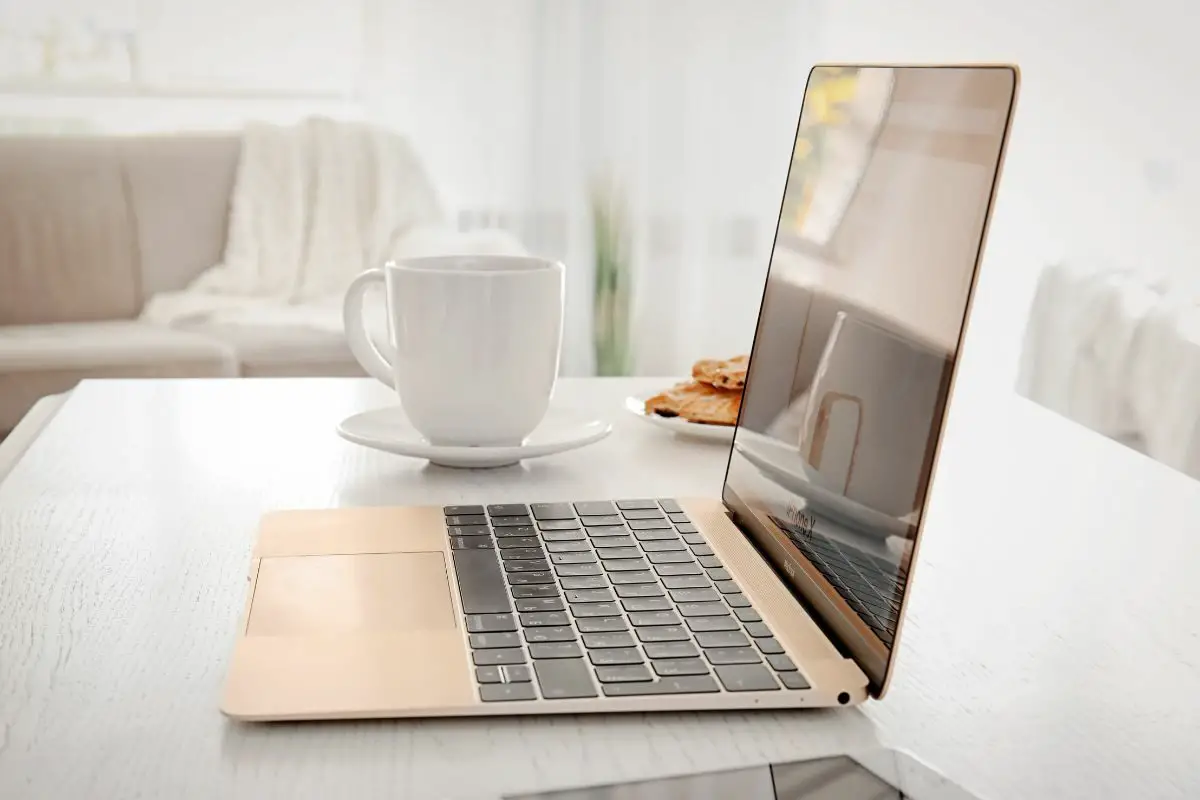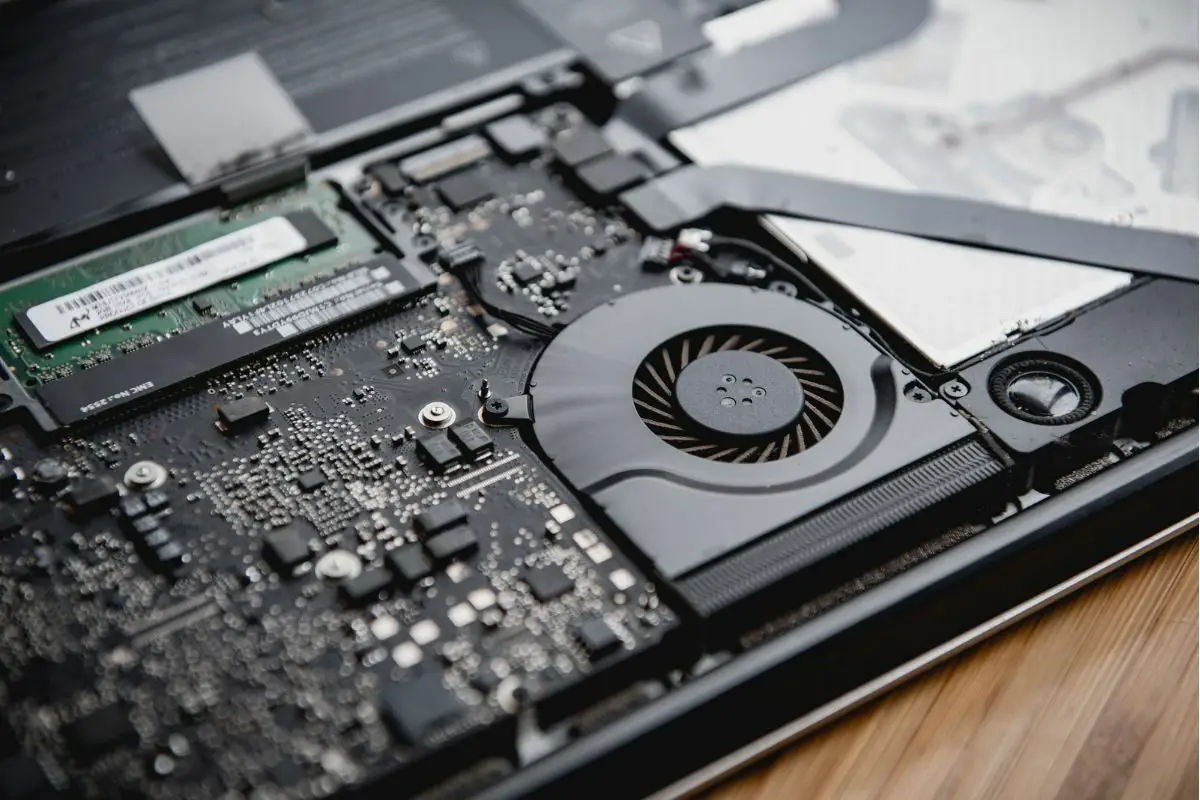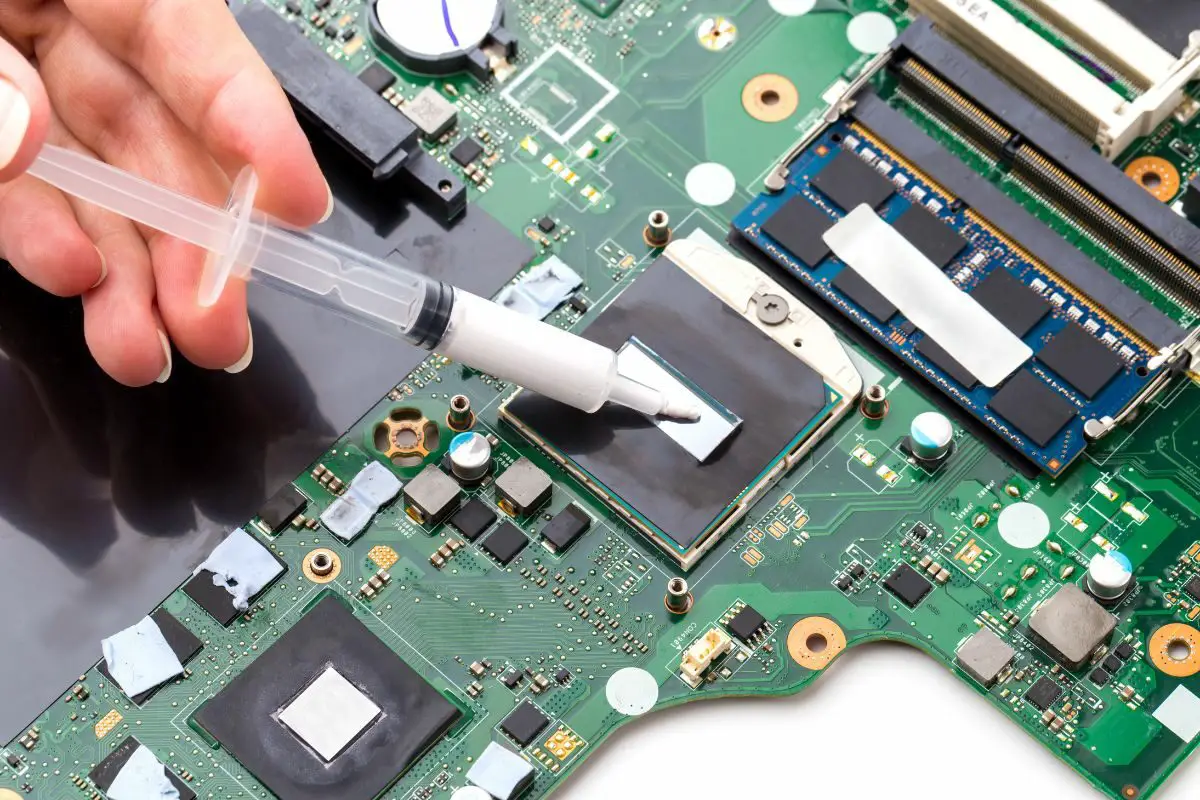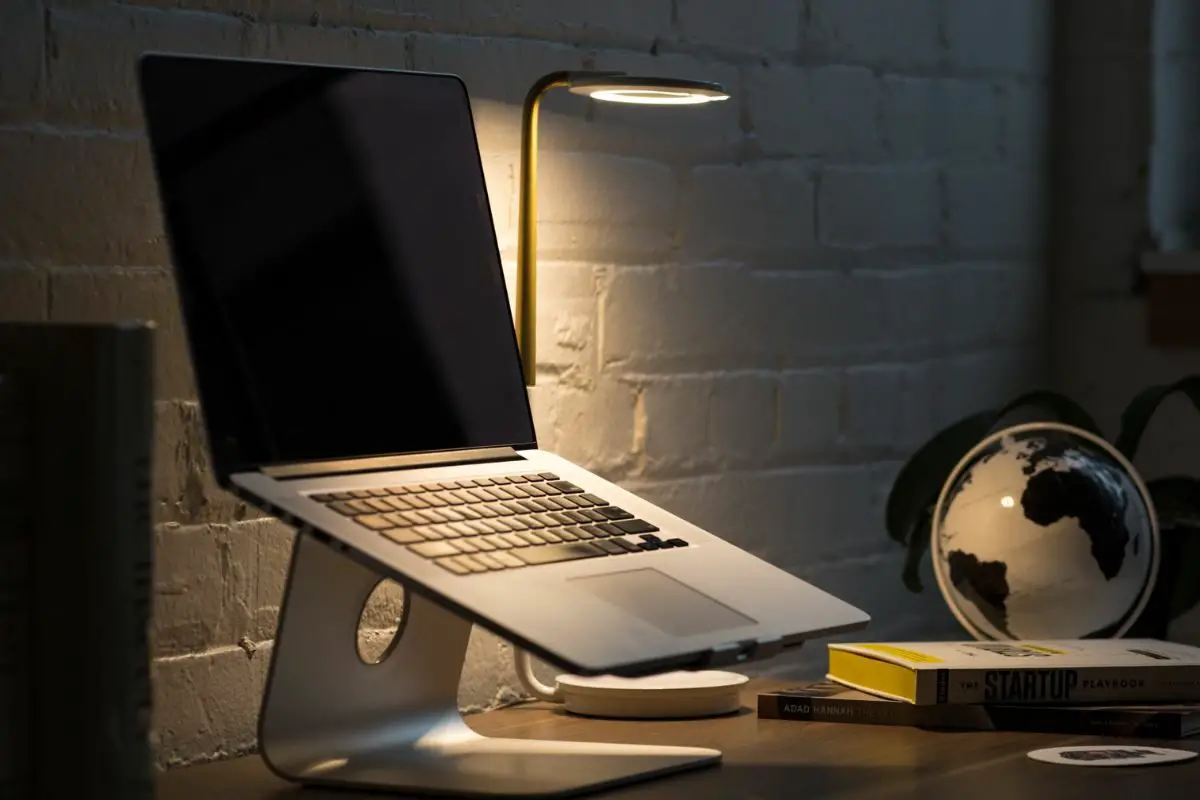
If you have an overheating laptop, there are many things you can try to have it run cooler. The effectiveness of any of these tips depends on the cause of your laptop overheating though. You can ensure proper air flow into your computer, clean dust from your fans and heat sinks, get a laptop cooling pad, or add new thermal paste if it has dried.
An overheating laptop can be a major problem. It gets uncomfortable to use and it can start to affect your performance. Someone came to me with a laptop that he had been using for years, but the laptop's temperatures had gradually been getting worse and worse. After a bit of troubleshooting though, I was able to advise him on the best ways to make his laptop run cooler.
If you need to figure out how to cool down your laptop, this guide is the one for you. Let's get right into everything that you need to know.
Contents
If your laptop is overheating for some reason, it can get in the way of you being able to use your laptop comfortably. Plus, a computer that runs way too hot is likely to become a big concern.
This is why you need to figure out how to keep your laptop cool. Most of the fixes below are effective in keeping your laptop running at an acceptable temperature.

Your laptop cools by sucking cool air from the outside world into the laptop's case. The air is pulled in by the fan over the heat sink of your CPU (and sometimes GPU). This cool air picks up heat from the heat sink and gets blown out as warm air. The cycle continues to keep your laptop cool.
The location of the air vents on your laptop depends on the model that you have, but most laptops have the intake vents on the bottom of the system, while the exhaust vent is usually at the side.
When you use your laptop on a soft surface like your bed, the intake vents can end up being covered up. This makes it harder for your fans to pull in cool air and this can make your laptop's temperature go up.
This is why the best place to use your laptop is a flat surface. The rubber feet will lift it off the surface high enough so that there can be air flow to the intake vents.
Of course, I understand that sometimes you want to be comfortable and use your computer while on your bed. In this case, a laptop stand like this one can be all you need. Basically, just make sure that air can always get into the fan intakes.
Unless you filter every last bit of air that enters your room, any fans you have will pick up dust. This is especially true of your laptop's fans.
The more dust that accumulates on the blades of a fan, the less air that fan will be able to push or pull with a single rotation. Plus, a lot of that dust can get caked in the heat sink, preventing hot air from being pushed out like it should be.
This is why you've got to clean your laptop fans every so often.
The best way to do this is to open up the laptop case, but every laptop uses a different set of steps and it might be too technical for some users, plus it might void your warranty. Fortunately, you can use compressed air as an alternative to clean your laptop from the outside.
Get a can of compressed air and using short bursts, blow it into the intake vent of your laptop. If there's a lot of dust, you'll almost always see it blow out of the exhaust. Do this until you can’t notice any more dust coming out.
If you can manage to open your computer's case, you should. This way, you can clean all the dust that has built up around the fans and the laptop's components. Make sure you unplug the computer and remove the battery when doing this.
You can use a soft toothbrush to dislodge the dust, and then use canned air to blow it away. You can use a microfiber cloth and 99% isopropyl alcohol to clean any more stubborn dirt.

One way that you can definitely make your laptop run cooler is by throwing more fans at it. The only real way to do this is by using a laptop cooling pad.
A cooling pad is basically a laptop stand with an array of fans on its surface. When you place your laptop on one of these, it basically keeps a constant flow of air going to the underside of the system.
Not only can laptop cooling pads bring down the temperature of your computer's case, but it can also provide an ample supply of air for the fans to suck in. If you have a dedicated GPU, this can help a lot when gaming.
Laptop cooling pads come in various forms. You can get models with one fan, two fans, and even three fans. Keep in mind that the number of fans doesn't necessarily correlate to how well it will cool. The size, speed, and positioning of the fans are more important factors to consider.
The structure of a laptop is very different from that of a desktop, but there are still many similarities. Most laptops have the CPU and GPU soldered to the motherboard, but there's still a heat sink and heat pipes.
That means there has to be thermal paste to transfer heat effectively from the processor to the metal. In some cases, laptops use thermal pads instead of regular paste.
Regardless, in an older laptop, this thermal compound can dry up and that will prevent it from being able to transfer heat as effectively. This means that more heat builds up in the processor and eventually leads to thermal throttling and other overheating issues.
When this happens, it is time to get your overheating laptop opened up to replace the thermal paste.
How you crack open your laptop depends on the model, so make sure to search your laptop model and find a disassembly video or manual. You'll need to remove a lot of things to get access to the CPU and GPU in most cases.
Now, before you start, make sure that you have the following:

Now that you've gotten everything, it is time to start the actual process.
If your computer has a dedicated GPU, you can follow steps 3 to 6 to get its thermal compound replaced too.
If you have a new laptop, a faulty fan is unlikely to be a problem, but for a laptop that you have had for years, it can happen.
You can tell a faulty fan since it might move a lot slower than it normally does, or it might not work at all, which will definitely push your laptop's temperature up. It may also make abnormal sounds when spinning.
If this is the case, you can buy a replacement, open up your laptop, and replace it yourself. If this is too much for you though, you can just take it to a repair service to be fixed.
There are major benefits when you prevent overheating in your laptop. Keeping your laptop cool can make your laptop so much more of a joy to use.

You can reduce the temperature of overheating laptops in many ways. Take care of poor airflow by using it on a flat surface and make sure that the fan and heatsink are clear of dust. In an older laptop, you might want to replace the thermal paste or any fans that are faulty. If you have a new laptop and don't want to open it, a cooling pad can be a good option.
With better cooling, your system is bound to be so much more enjoyable to use. The processor will be able to perform better, the computer will be more comfortable to use, and you can prevent damage to any of its hardware.
Was this article able to show you all the different ways you can improve cooling for your laptop? If so, take a look at our related articles where you can learn many more cool things.
